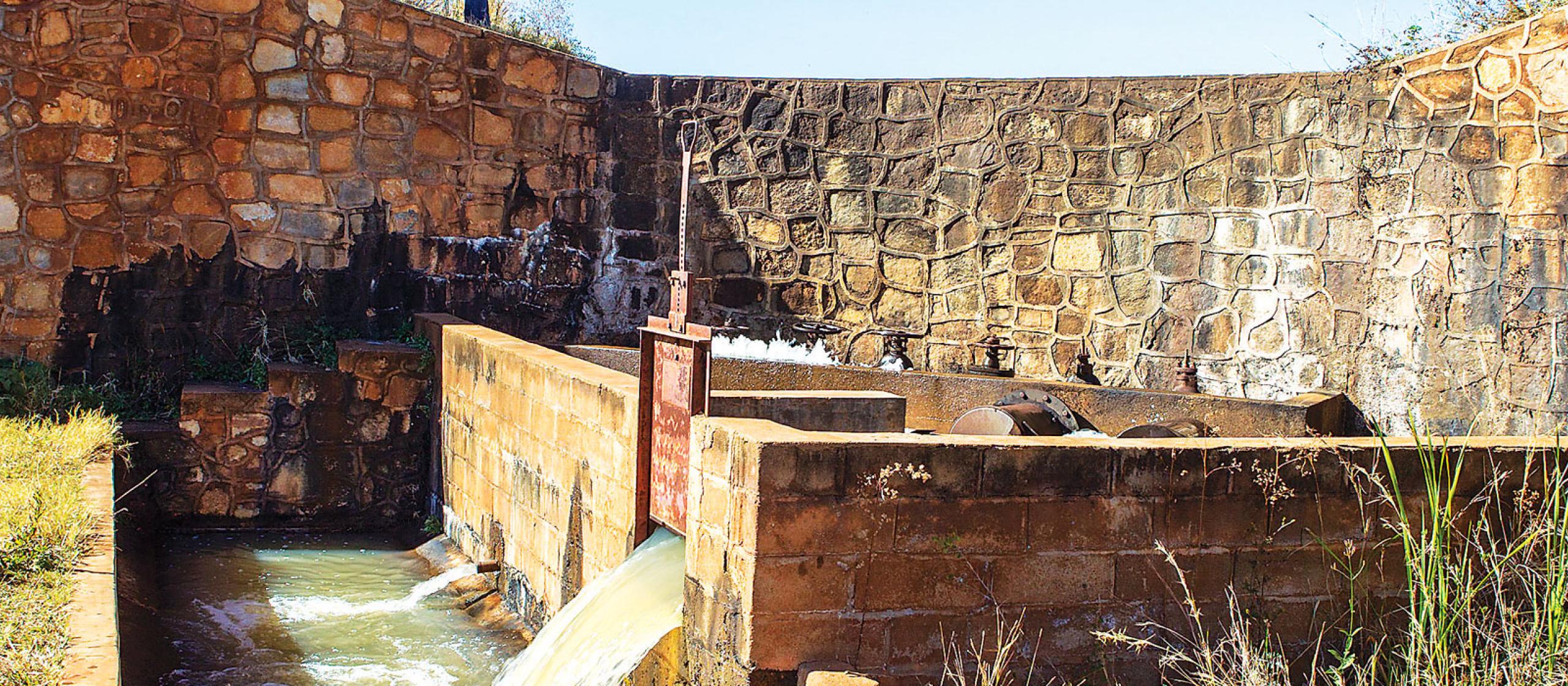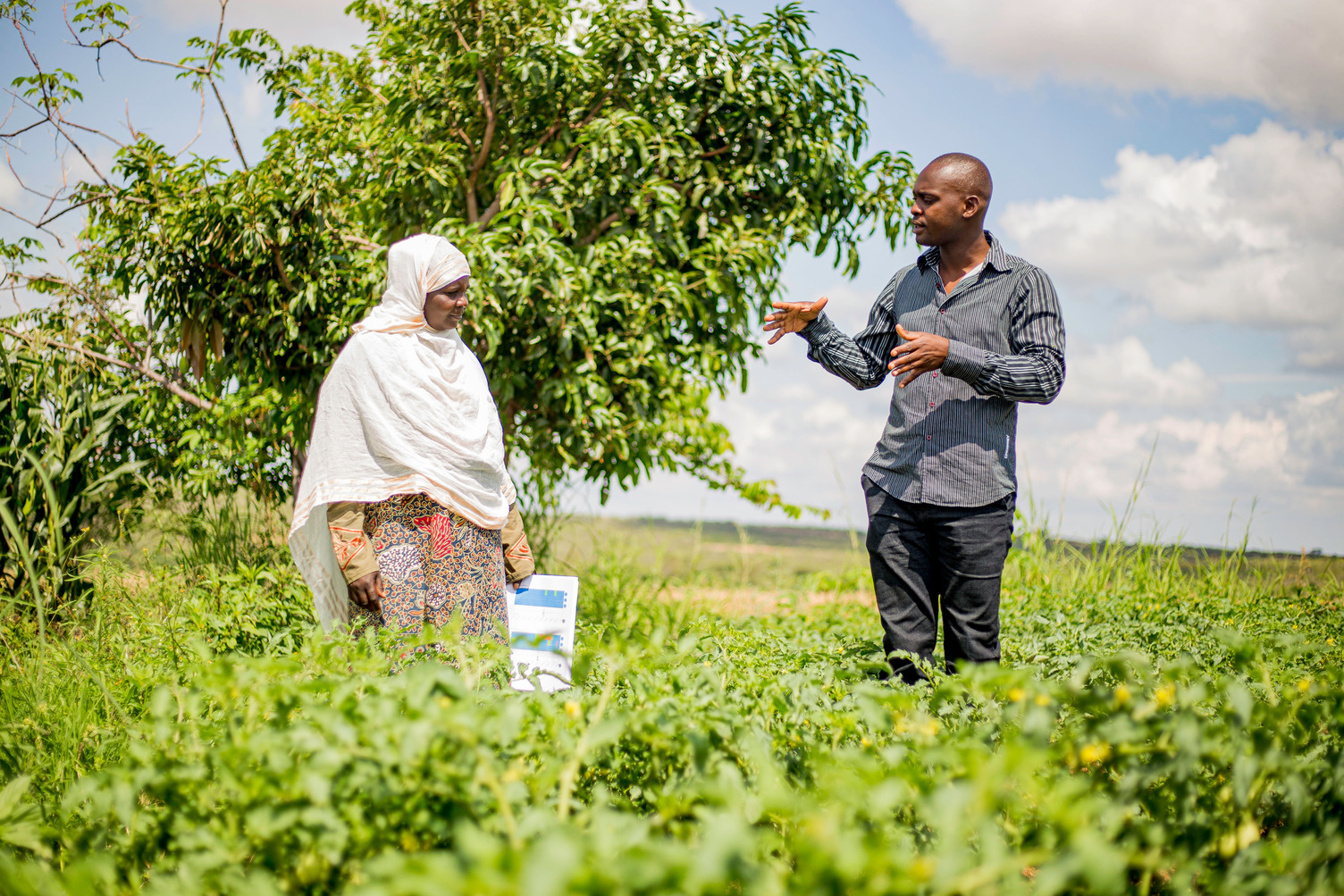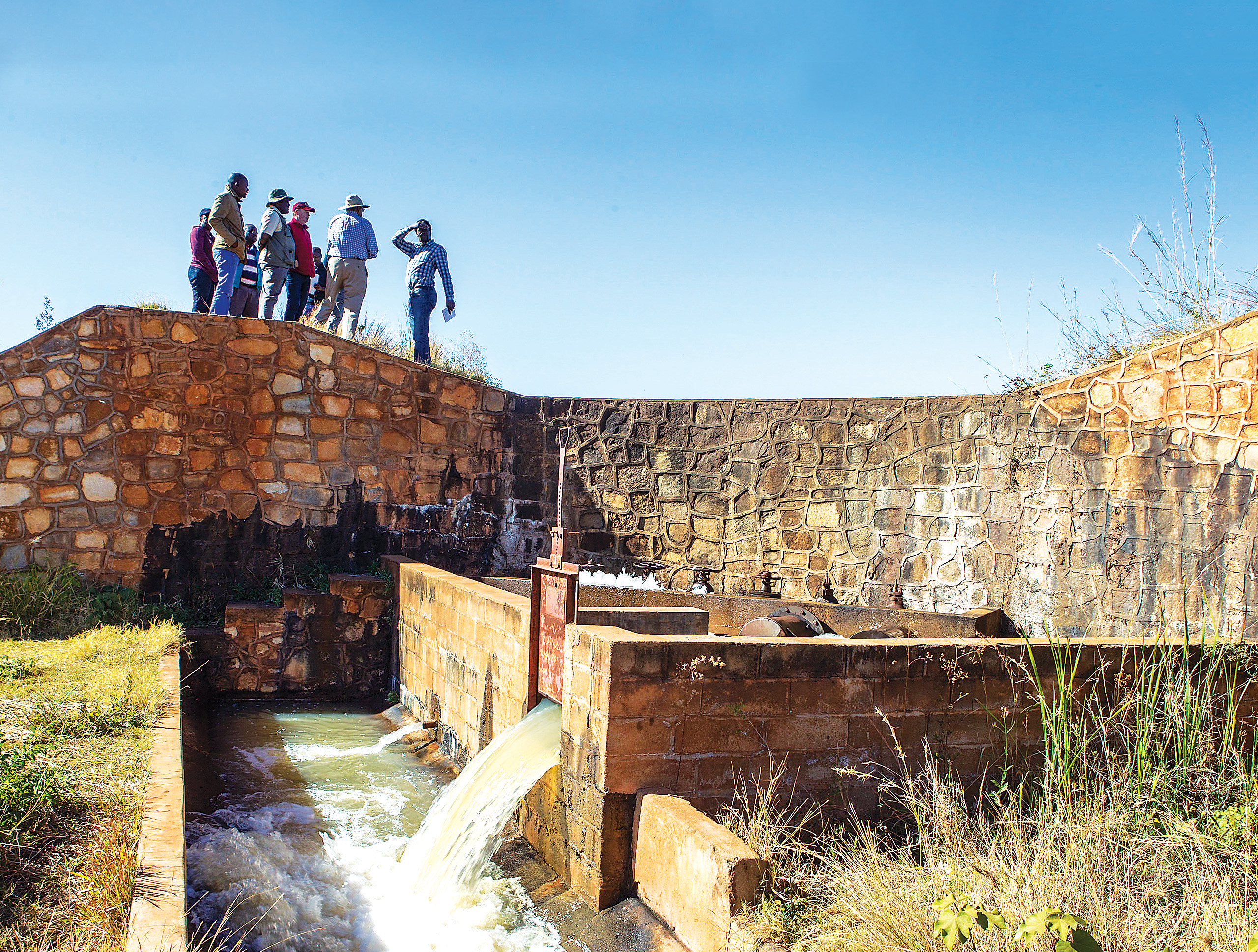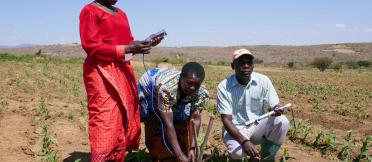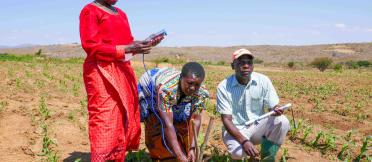In Tanzania, Mozambique and Zimbabwe, irrigation schemes represent a major infrastructure investment to improve the productivity of farming systems and food security.
Some schemes were built by governments, others by international donors, but many struggled to realise their potential to produce better yields and more profitable farming.
For the past decade, an ACIAR-supported project has been working with smallholder farmers in these countries to identify and overcome issues hindering production.
The ‘Transforming irrigation in southern Africa’ project began in 2013 and focused on improving the effectiveness of irrigation schemes in Tanzania, Mozambique and Zimbabwe.
The second phase, which began in 2017 and is being finalised this year, tested the scalability of water use efficiency tools developed in the first phase.
A new project will begin next year, with support from the Australian Government Department of Foreign Affairs and Trade. The new project will build on the momentum of the first 2 phases, expanding its focus to circular food systems, value-adding to crops and improving the local economies of farming communities.
